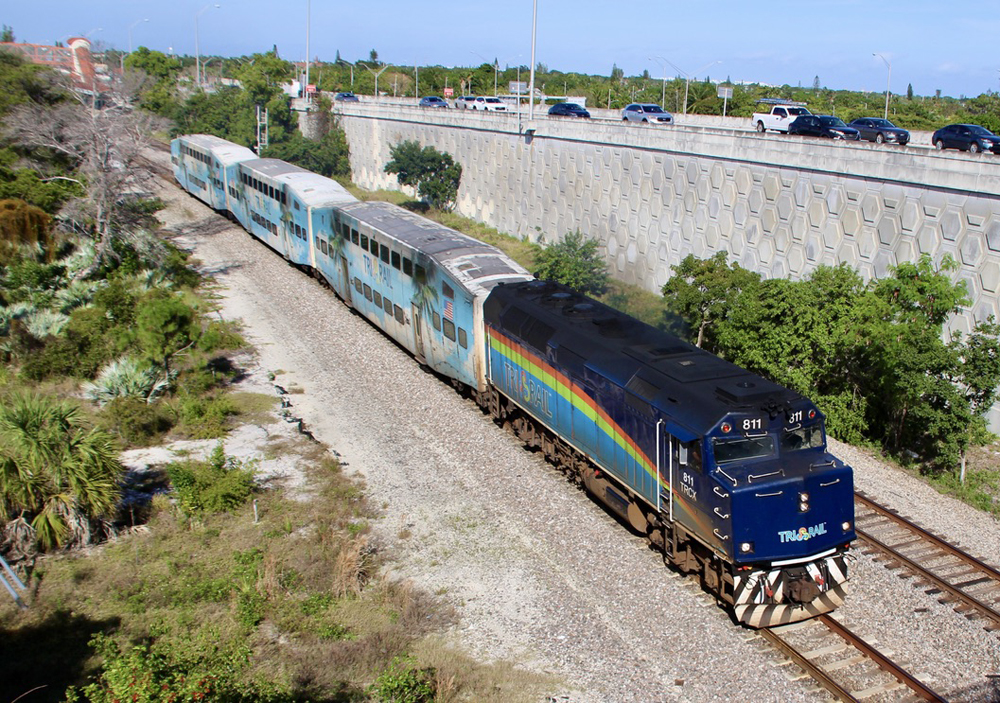
MIAMI — Three counties served by commuter operator Tri-Rail are being asked to pay $10 million each to cover a $30 million annual deficit, with the possibility looming that deficit could reach $90 million per year.
The South Florida Sun-Sentinel reports in a paywalled article that the executive director of the South Florida Regional Transportation Authority, Tri-Rail’s parent agency, told a meeting today (Feb. 28, 2025) that Tri-Rail is currently surviving with the help of federal COVID-19 stimulus money. But that funding will run out in 18 months, and the state of Florida has indicated it wants to end its contribution, currently $60.7 million.
Miami-Dade, Broward, and Palm Beach counties currently contribute $4.2 million per year. Another $15 million comes from fares, and $4 million from the federal government. The annual operating budget for the 73-mile, 19-station commuter line is $150 million.
Tri-Rail, which launched in 1989, was used by about 14,700 riders per day in 2024 and 4.5 million for the year, according to American Public Transportation Association figures. That would be roughly equivalent to its pre-pandemic high of 4.49 million.
Officials from the three counties indicated finding the additional funds will be a challenge.
“We have to continue Tri-Rail,” Broward County Commissioner Steve Geller said at the meeting of the South Florida and Treasure Coast Regional Planning Councils. “I don’t know how we do it, and I don’t know how we don’t do it.”






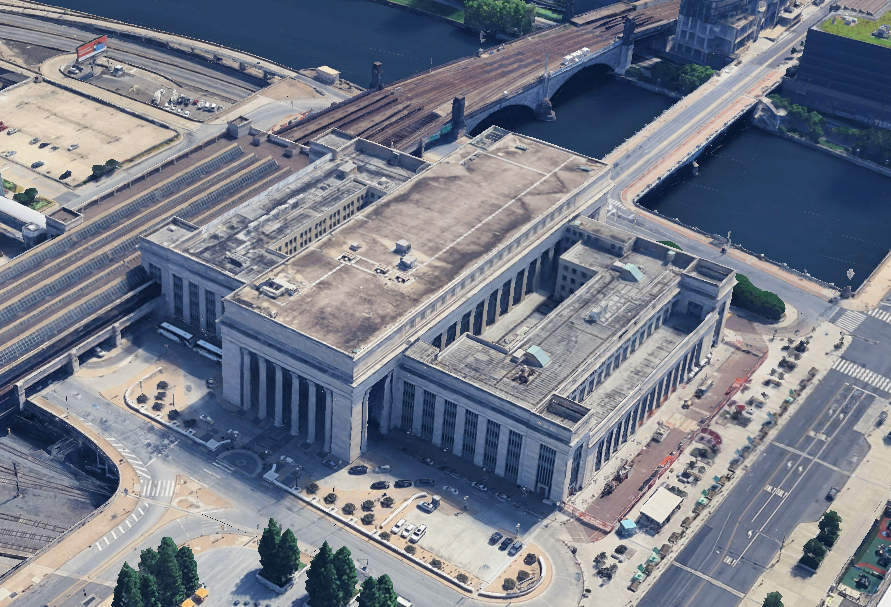
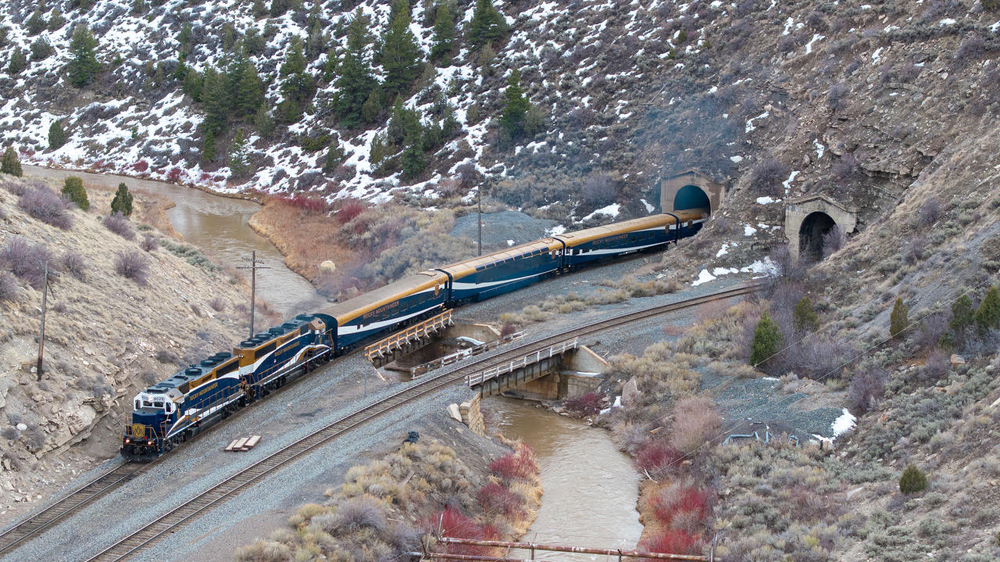
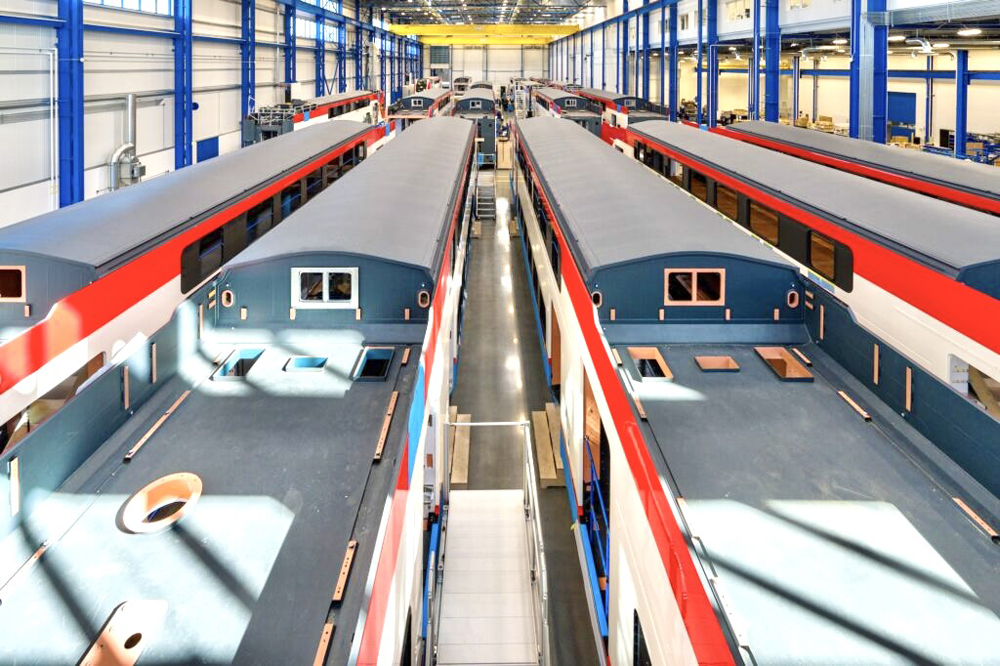
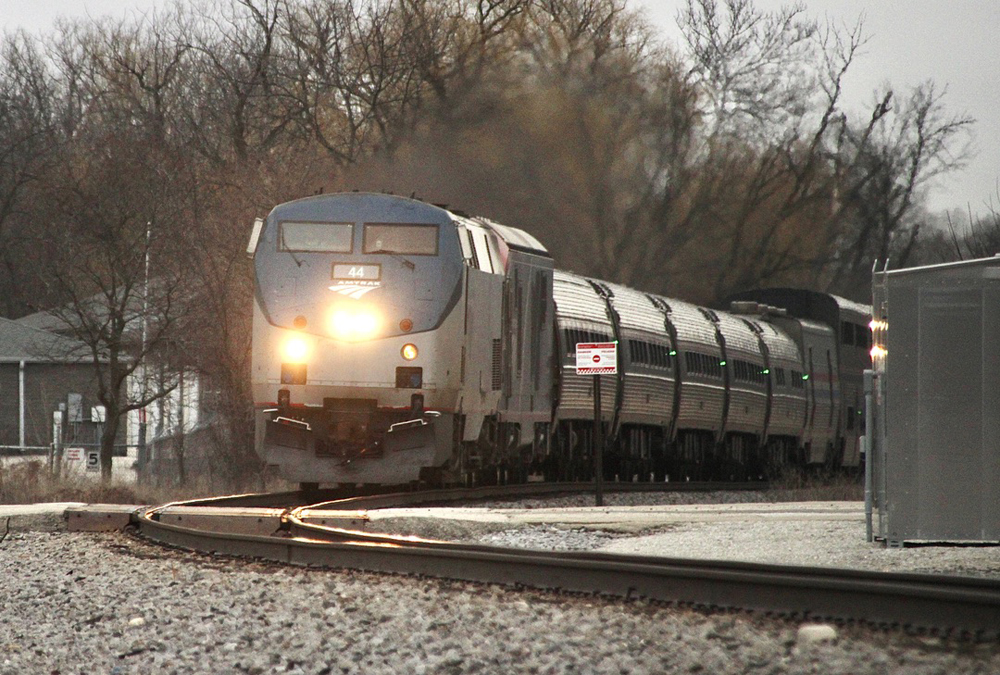

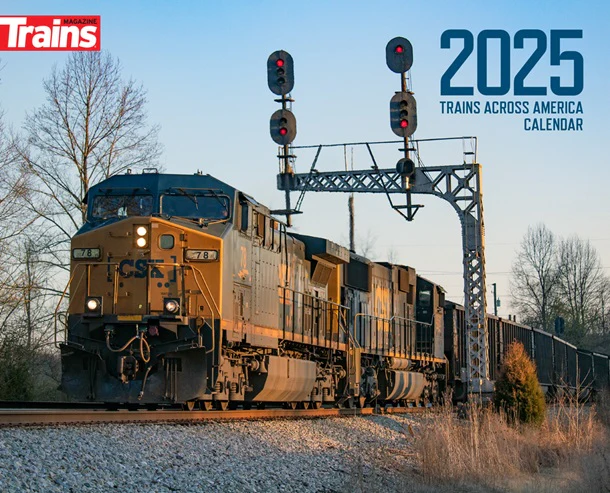


I’m not a rocket scientist but the math doesn’t add up.
$150,000,000 yearly cost
-$12,600,000 contributions from the 3 counties Miami, Broward, & Palm $4.2 m X 3
-$15,000,000 Fairs
-$4,000,000 Federal dollars
—————–
$118,400,000 shortfall
-$60,700,000 Florida State contribution
——————-
$57,700,000 deficit
Question 1 is, After Fair, County, Federal, Florida contributions of $92,300,000 and costs of $150,000,000; leaves a deficit money of $57,700,00. Is COVID money being used cover this difference?
Question 2 The state wants the counties to contribute an additional $10,000,000 each. That still leaves a deficit of $27,000,000. Is the state going to up their contribution to $88,000,000 from the $60,700,000 they already contribute or do the counties need to contribute $9,000,000 more than they are being asked to contribute.
Question 3 Who’s going to anti up after the COVID money runs out.
See my original comment. The 3 counties appear to have taken a “What, me worried?” attitude and now the problem appears to be totally theirs to solve.
Paul —- Thanks for your analysis (some days after the article was posted, meaning few will read your comments).
Maybe you’ll come back to see if anyone has replied.
Your comment should be read by anyone who proposes some dodgy startup somewhere, an expensive train that maybe will attract a few riders here and there. Charlotte (North Carolina). etc. etc.
It was always the position of Tallahassee that our commuter railroads would eventually be financially supported by the counties in which they operate. No money from Old Town. No money from Washington. You are on your own.
This is correct. Tri-Rail was warned as far back as the Rick Scott Administration that funding from FDOT would soon end and that they needed to start shifting the burden locally.
Covid came along and delayed this action, but now the die is cast.
If you think Tri-Rail is being picked on, Sun Rail in the Orlando metro gets its funding from the counties. FDOT paid CSX for the ROW’s.
How much does CSX and Amtrak contribute? Maybe it is time to hike fares and/or put some sort of infrastructure surcharge in place for all passenger tickets, commuter and Amtrak.
A higher fare could drive away riders.
The 10% farebox recovery might not be that much of an outlier. At 10%, it’s a subset of the fact that all transit systems (bus, trolley, subway, Amtrak) are subsidized by taxes and advertising revenue (Milwaukee’s trolley is a moving billboard for the local casino, which is sited about a mile and a half from the nearest trolley stop).
TriRail’s farebx recovery is ten percenage points higher than Milwaukee’s trolley (if it’s back in operation) where the cumulative fares collected since startup stand at zero dollars and zero cents.
$15 million in fares from 4.5 million riders works out to $3.33 average fare. Maybe they need to raise the fares??
Tri-Rail currently operates through the western fringes of Palm Beach, Broward and Dade counties. As such the clientele are on the lower end of the earnings spectrum. Be that as it may, in my humble opinion, Tri-Rail and SunRail need to reevaluate their equipment choices and move away from locomotives and coaches to something like the Stadler sets now in service in places like Texas. This would result in overall cost savings especially in fuel and ultimately in maintenance.
Do I read this correctly …. that 10% comes from fares?
That’s what the article says. Obviously, that’s ridiculous. As is their only contributing $4.2 M annually.
I suspect that the 3 counties put off having to address the problem because they thought the 2024 election would turn out different and Federal money would continue.